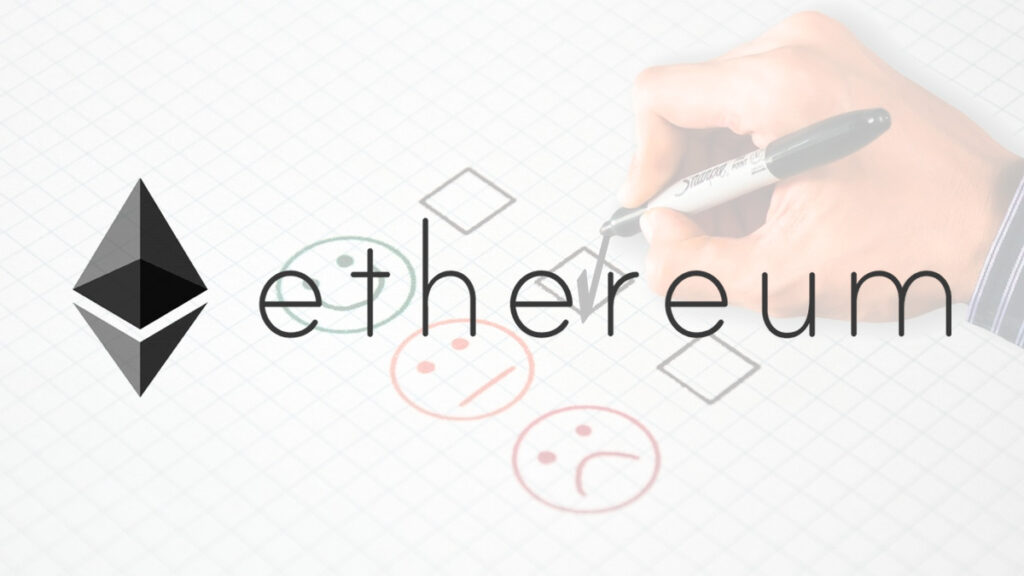TL;DR
- Misconceptions in Security: A survey shows that a large part of the Ethereum community has misconceptions about the network’s security, with 45% incorrectly believing that 100% of ETH needs to be staked for security.
- Staking Threshold Confusion: There is confusion over the amount of ETH required to be staked for network security, with some thinking two-thirds or even one-third is sufficient, highlighting a significant gap in understanding.
- Educational Efforts Needed: The findings emphasize the need for improved educational resources and communication from Ethereum’s leadership to address these misconceptions and ensure the network’s integrity and user trust.
In a recent survey, startling misconceptions within the Ethereum community regarding blockchain security have come to light. The findings suggest a significant portion of the community may misunderstand the security mechanisms underpinning the Ethereum network.
You don't need 100% of ETH staked to attack Ethereum.
— Christine Kim (@christine_dkim) April 11, 2024
33% is enough to disrupt finality, 50% to prolong a chain split, and 66% to double spend. Security primarily depends on the network's ability to penalize stakers by burning large amounts of the value they've locked. https://t.co/77GJi8vf17
The survey took a sample of various Ethereum stakeholders and found that almost half of them think that securing Ethereum involves staking all ETH. However, this belief differs greatly from how Ethereum operates in terms of required staked ETH for network security.
Furthermore, 20.4% of participants thought that two-thirds of the staked ETH was sufficient for security, while 34.7% felt that only one-third was necessary. These figures highlight a gap in understanding that could have serious implications for the network’s integrity and the community’s trust in Ethereum’s security model.
There might be some misunderstandings about blockchain technology and the Ethereum network’s move from Proof of Work to Proof of Stake. In the new PoS model, validators need to stake ETH as a security measure.
Ethereum’s Transition to PoS: Misunderstandings Among Stakeholders

Validators are then chosen to create new blocks based on the amount of ETH they have staked and other factors. This shift to PoS was intended to increase network security and reduce energy consumption. However, it appears that the community’s grasp of the implications and mechanics of this change is not as robust as expected.
Academic scholars have pointed out the weaknesses and hacks that decentralized applications (DApps) on Ethereum are vulnerable to, in contrast to pure cryptocurrency systems like Bitcoin. A thorough grasp of Ethereum’s security is crucial in addressing these vulnerabilities from a broader perspective.
The survey’s findings underscore the need for better educational resources and communication from Ethereum’s leadership to its community. As the second-largest blockchain by value, the security of Ethereum is not just critical for its users but also the broader digital asset industry. At the time of writing, ETH is trading at around $3.500.
It is important for the Ethereum Foundation and other involved parties to directly confront these misunderstandings to keep the community informed and the network safe. As Ethereum progresses and expands, the clear and accurate communication of its security details will be crucial in upholding trust and stability in the ecosystem.










